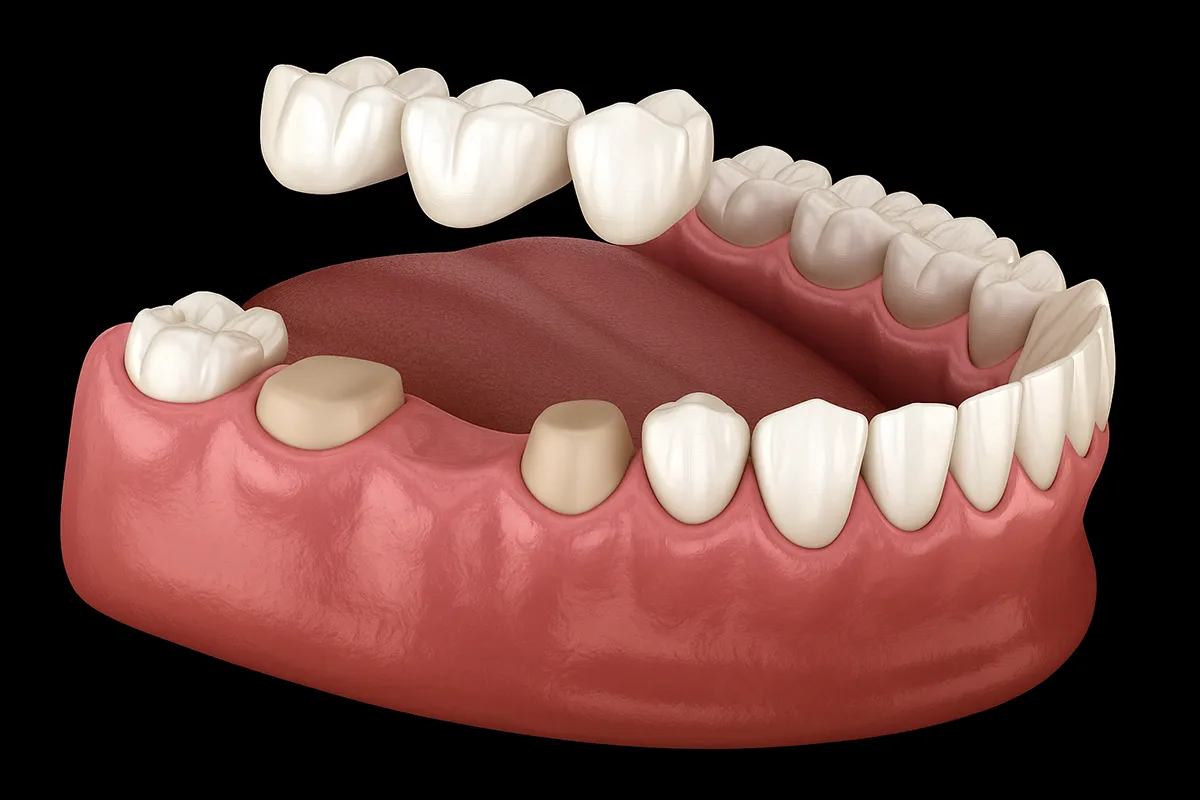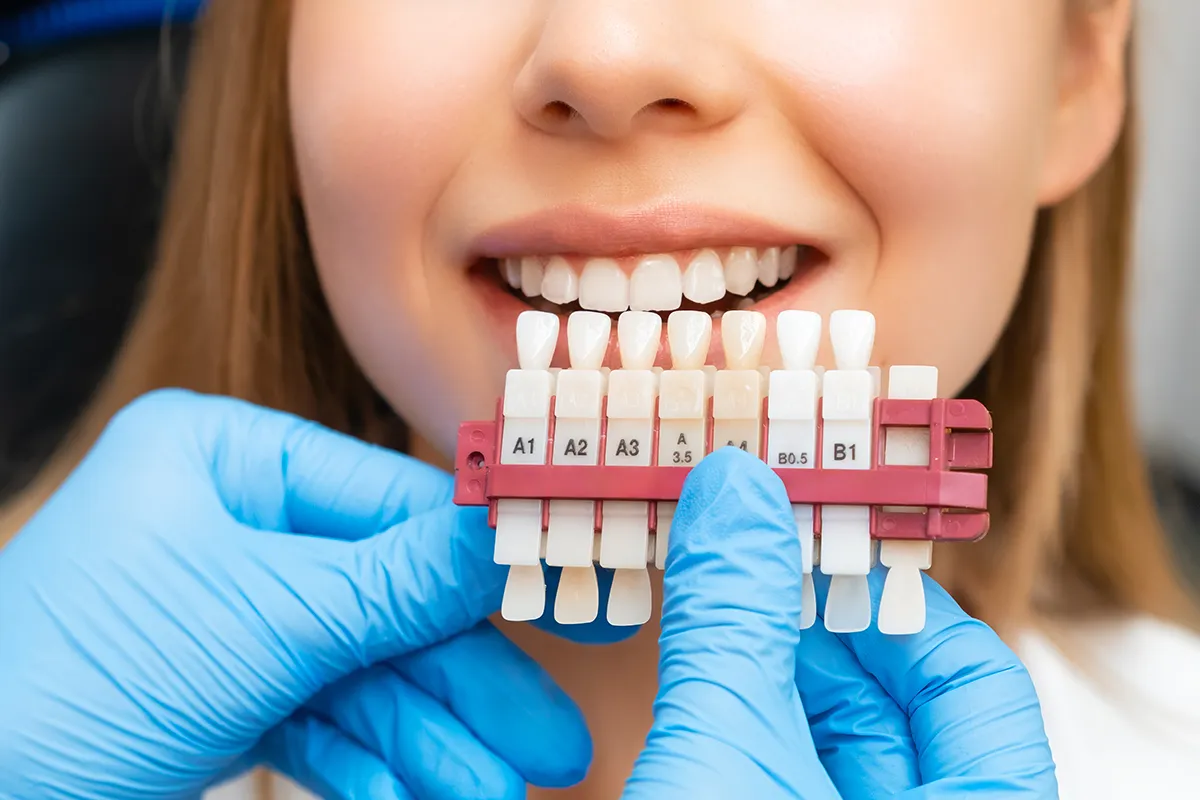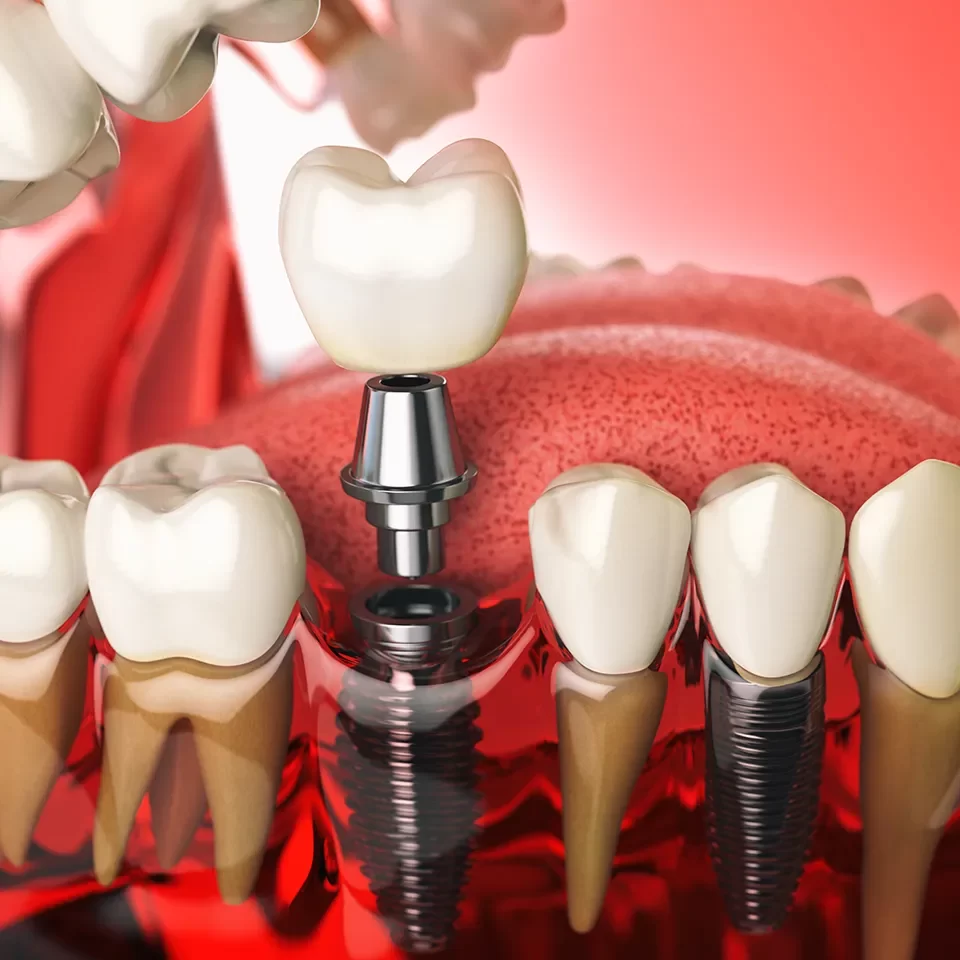


What Is a Dental Bridge?
With dental bridges, our dentist can fill in the spaces between your teeth, including Dental Bridges in Toronto. Practically, they look like fake teeth that are held in place by the teeth on either side of the gap. Even though they are made of different materials, like gold, they look like your real teeth because they are made of porcelain.
Who Needs Dental Bridges?
If you have two teeth that require crowns on either side of the space created by your lost tooth, you may be a candidate for a bridge. You may thus obtain one if the teeth on either side of the lost tooth are in good health. Dental decay, gum disease, congenital defects, and trauma are the most frequent reasons of tooth loss.
Dental Bridges, including Dental Bridges in Toronto, consist of two crowns, each with a fake tooth connected to them. Everything is fixed in your mouth by the dentist. It is a set plan that you can’t change. In fact, it will help you keep your beautiful smile and confident attitude by keeping your cheeks and lips in place and making your jawline look strong. It will also help you keep the shape of your mouth and get back to being able to say things clearly.
Why Do You Need a Dental Bridge?
Teeth work together, so nearby teeth can move into the gap if a tooth is missing. Also, the teeth in the opposite jaw can move up or down toward the gap. As a result, it may cause:
- Self-consciousness is about the way you smile or look.
- Pain from the stress on your jaw and teeth.
- Chewing difficulties.
- Bite problems.
When you have one missing tooth or more, it can affect your life. Accordingly, it can help you with those changes, including:
- Correcting your speech and pronunciation
- Maintaining the shape of your face.
- Preventing your remaining teeth from moving out of the correct position
- Correcting your smile
- Re-adjusting your bite in order to distribute the force when you chew properly
Restoring the ability in order to chew properly

What Can Be Used Instead of Dental Bridges?
In reality, some people choose removable partial dentures because you can take them out for cleaning. Besides, you can select dental implants surgically placed in your jaw. Thereupon, your dentist can help you choose the best option for you.
A Bridge Vs. a Denture
With proper care, a dental bridge may need replacement every five to fifteen years, while implants are a long-term solution. However, one thing that can limit its lifespan is oral hygiene.
A Bridge Vs. a Dental Implant
Implants are a long-term option, whereas a dental bridge may need replacing every five to fifteen years with adequate maintenance. Nonetheless, certain elements, including good dental hygiene, might shorten the life of all kinds.
FAQs
Explore the solutions we provide
How should I care for a dental bridge?
Without a doubt, the success of a dental bridge depends on the strength and health of the remaining teeth. So it is essential to prevent gum disease and tooth decay that can lead to tooth loss with a bridge. For proper tooth and gum care:
- Eat a balanced diet: Use plenty of fibre, vegetables, and fruits and limit chewy, fibrous foods like some meats.
- Get regular professional cleanings: Regularly seeing a dental provider can help detect problems early when treatment is more successful.
- Floss and brush twice a day daily: A dentist can show you the right way to brush and floss.
Does a dental bridge change my speaking?
If you are missing your front teeth, it could be difficult to talk correctly. Still, dental bridges that put your front teeth in the right place can help you speak better.
Is It difficult to eat with dental bridges?
Surprisingly, it’s a common misconception that eating becomes simpler with dental bridges, which serve as tooth replacements. However, you may find it easier to begin with small bits of soft material.
How often do I need to see the dentist?
Experts advise having the bridge examined if you observe changes in your chewing or biting patterns. So, let us know if the area around the bridge is hurting, bleeding, swollen, or red.
What are the advantages of dental bridges?
Dental bridge can:
- Help your bite.
- Restore your ability to chew and speak.
- Restore your smile.
- Prevent the remaining teeth from changing place.
Our Services
Working Hours
Monday To Friday
9 am -7 pm
Saturday
9 am - 4 pm
Sunday
Closed
We always take care of your smile
(416) 672 1000
FAQ
What is the typical lifespan of a dental bridge?
With diligent home care and regular dental check-ups, you can expect your dental bridge to serve you well for 10 to 15 years, and often even longer. The health of the supporting teeth is crucial, which is why a solid oral hygiene routine is fundamental for any dental work, including advanced treatments like Invisalign in Toronto.
Will I experience any pain during the dental bridge procedure?
No, your comfort is our top priority. The entire process is performed under effective local anesthetic, so you won’t feel any pain while we prepare the teeth and place your new bridge. It’s common to have some minor sensitivity afterward, but this is temporary and fades quickly.
What's the best way to clean the area beneath my bridge?
Keeping the area under the false tooth (the pontic) and around the supporting crowns clean is essential for its longevity. We recommend specialized tools like floss threaders or interdental brushes for this task. Our skilled dental hygienists will provide a hands-on demonstration to ensure you feel confident in your daily cleaning technique.
How does the strength of a bridge compare to natural teeth?
Yes, a custom-crafted bridge is designed to restore your full chewing power, allowing you to enjoy your favorite foods with confidence. This renewed function is a key outcome we strive for in all smile restorations, whether it’s a bridge or an alignment correction with Invisalign in Toronto. We just advise avoiding extreme forces, like biting on ice or other very hard objects.
